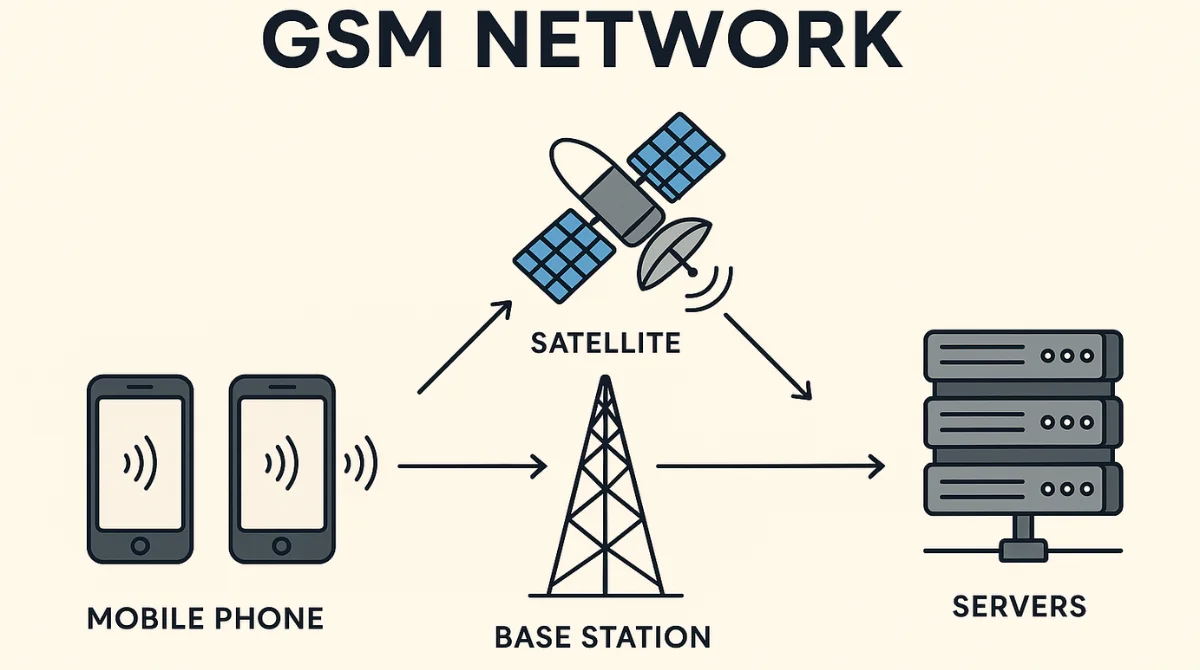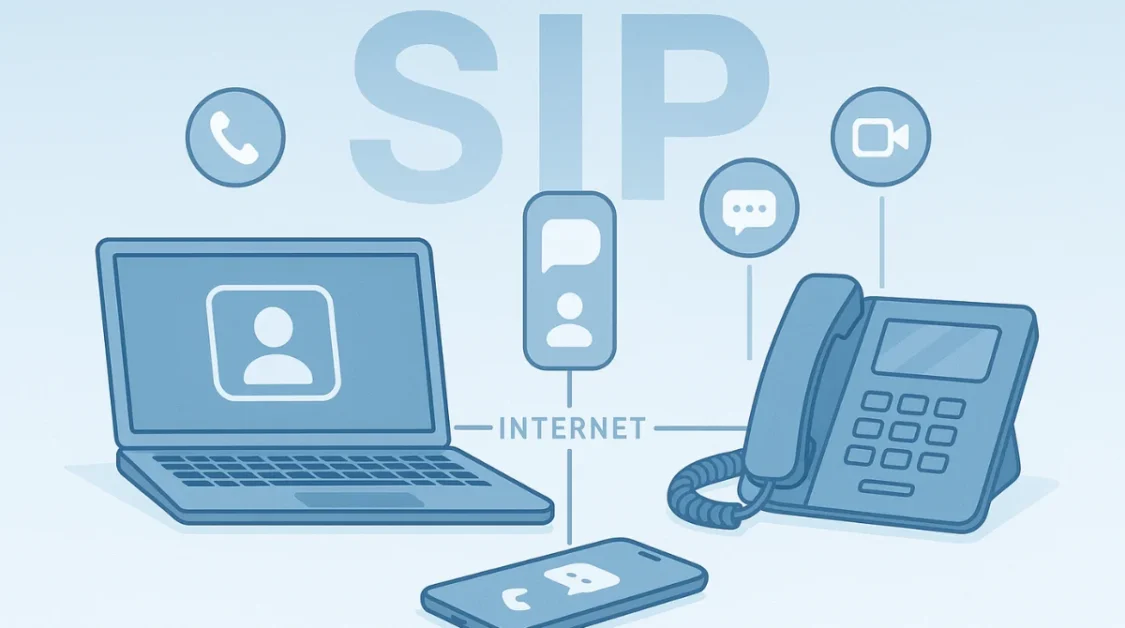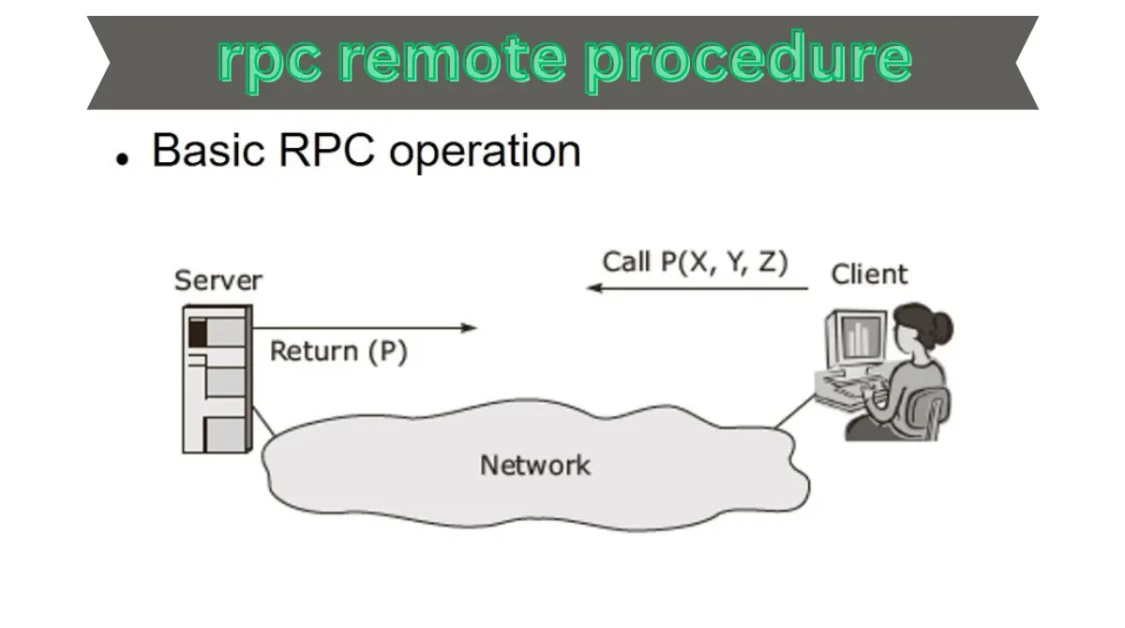In today’s connected world, mobile communication is an integral part of our daily lives. Whether it’s making a call, sending a text, or browsing the internet, we rely on mobile networks to stay connected. One of the foundational technologies enabling this connectivity is GSM, or Global System for Mobile Communications. Developed in the 1980s and widely adopted in the 1990s, GSM has become a global standard for mobile communication. This article explores the fundamentals of GSM, its network structure, and the way it enables seamless mobile communication around the world.
What is GSM?
GSM stands for Global System for Mobile Communications. It’s a standard developed to ensure that mobile devices can communicate seamlessly across different networks and countries. Before GSM, mobile communication systems were fragmented, with each country or region having its own standards, making international roaming difficult. GSM introduced a unified standard, allowing users to use their mobile phones in different parts of the world without compatibility issues.
Key Features of GSM
- International Roaming: Without switching devices or numbers, GSM enables customers to use their mobile phones in many nations.
- High Voice Quality: GSM provides clear and reliable voice communication.
- Efficient Use of Spectrum: By using technologies like Time Division Multiple Access (TDMA) and Frequency Division Multiple Access (FDMA), GSM efficiently utilizes the available frequency spectrum.
- Security: GSM incorporates encryption and authentication to ensure secure communication.
- Support for Data Services: Beyond voice, GSM supports services like SMS (Short Message Service) and GPRS (General Packet Radio Service) for data transmission.
GSM Network Architecture
The GSM network is structured into several key components, each playing a vital role in ensuring seamless communication.
Mobile Station (MS)
The Mobile Station refers to the user’s mobile device, which includes two main parts:
- Mobile Equipment (ME): This is the physical device, like your smartphone.
- Subscriber Identity Module (SIM): A smart card inserted into the device that stores user information, including the phone number, network authorization data, and personal contacts.
Users can switch devices using the SIM card and still have access to the network and their personal data.
Base Station Subsystem (BSS)
The BSS connects the Mobile Station to the Network Switching Subsystem. It comprises:
- Base Transceiver Station (BTS): This is the equipment that facilitates wireless communication between the mobile device and the network. Each BTS covers a specific area, known as a cell.
- Base Station Controller (BSC): It oversees several BTS units and performs functions such as frequency hopping, handovers, and radio channel allocation.
The BSS ensures that mobile devices can communicate with the network, even as users move from one location to another.
Network Switching Subsystem (NSS)
The NSS is the core of the GSM network, responsible for call setup, routing, and subscriber management. Key components include:
- As the main hub, the mobile switching center (MSC) handles call routing and connection management for mobile users and other networks.
- Home Location Register (HLR): A database that stores permanent subscriber information, including service subscriptions and current location.
- Visitor Location Register (VLR): Temporarily stores information about subscribers currently within the MSC’s area, facilitating call routing and services.
- Authentication Center (AuC): Provides security by authenticating users and encrypting communication.
- Equipment Identity Register (EIR): Maintains a list of valid mobile equipment, helping to prevent the use of stolen or unauthorized devices.
Operation and Support Subsystem (OSS)
Network operators can monitor and manage the GSM network with the help of the OSS.It handles tasks like network maintenance, performance analysis, and fault management, ensuring the network operates efficiently and reliably.
How GSM Works?
GSM employs a combination of FDMA and TDMA to allocate frequencies and time slots to multiple users, ensuring efficient use of the available spectrum.
- Frequency Division Multiple Access (FDMA): Divides the frequency band into multiple channels, each assigned to a different user.
- Time Division Multiple Access (TDMA): Further divides each frequency channel into time slots, allowing multiple users to share the same frequency without interference.
When a user initiates a call, the mobile device communicates with the nearest BTS, which forwards the request to the BSC. The BSC then routes the call through the MSC, which connects it to the recipient, whether they’re on the same network, a different mobile network, or a landline.
GSM Security Features
Security is a critical aspect of GSM, ensuring that user information and communication remain private and protected. Key security measures include:
- Authentication: Before granting access, the network verifies the user’s identity using information stored on the SIM card and the AuC.
- Encryption: GSM encrypts voice and data transmissions between the mobile device and the BTS, preventing eavesdropping.
- Temporary Identifiers: To protect user identity, GSM assigns temporary identifiers during communication sessions, masking the user’s actual phone number.
Evolution of GSM: Introducing GPRS
As mobile communication needs expanded beyond voice to include data services like internet browsing and email, GSM evolved to incorporate GPRS (General Packet Radio Service).
GPRS Architecture
Overlaying the current GSM network, GPRS adds new elements:
- Serving GPRS Support Node (SGSN): Manages data sessions, tracks user locations, and handles authentication for data services.
- Gateway GPRS Support Node (GGSN): Serves as a link between the internet and other packet-switched networks, such as the GSM network.
With GPRS, users can access data services at speeds ranging from 56 to 114 kbps, enabling mobile internet, multimedia messaging, and more.
Conclusion
GSM, which offers a standardized and secure framework for voice and data services globally, has been instrumental in forming the mobile communication landscape.Its architecture, combining efficient spectrum utilization, robust security, and scalability, has ensured its relevance even as newer technologies emerge. Understanding GSM’s fundamentals offers insight into the complex systems that keep us connected every day.



